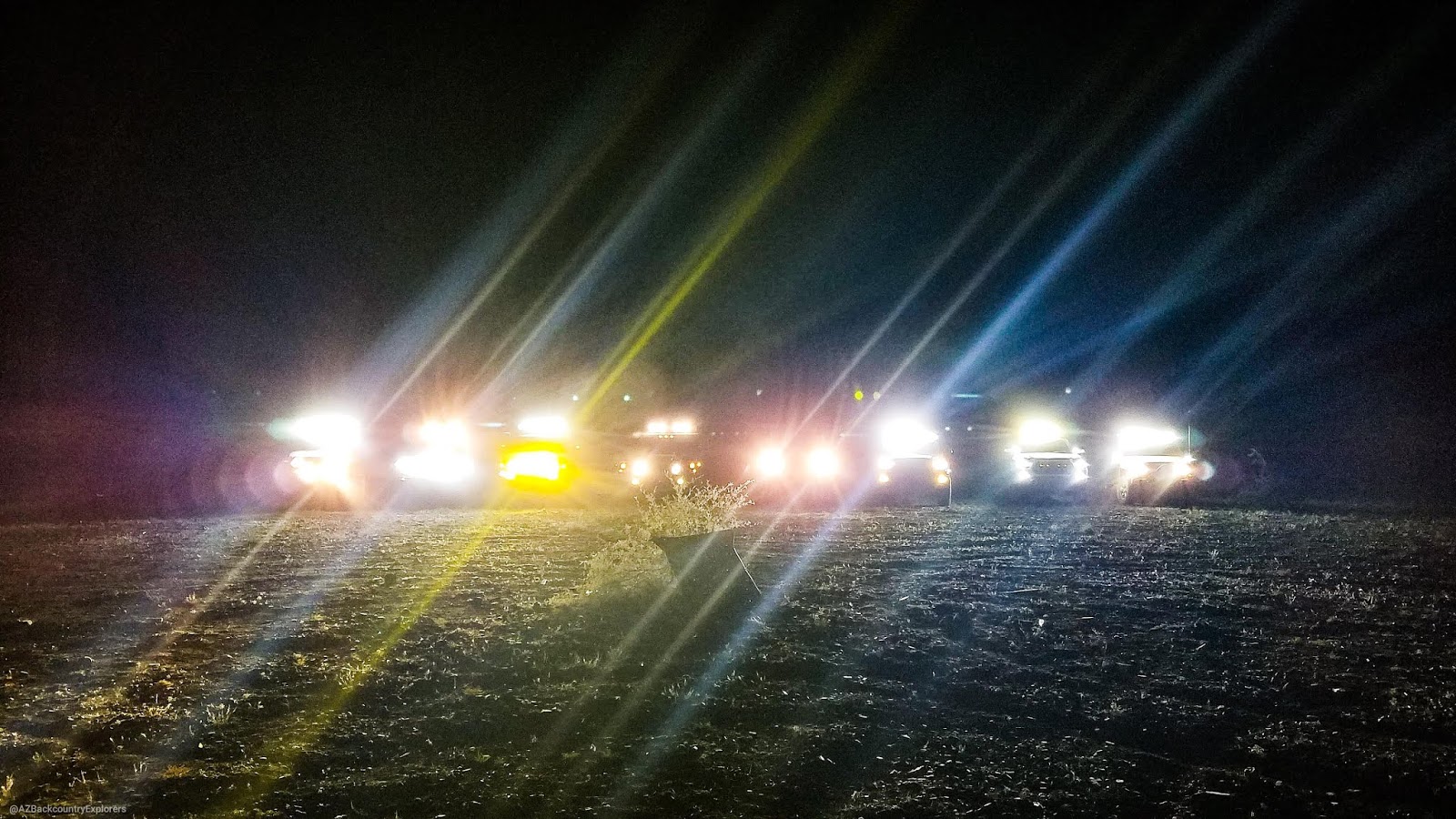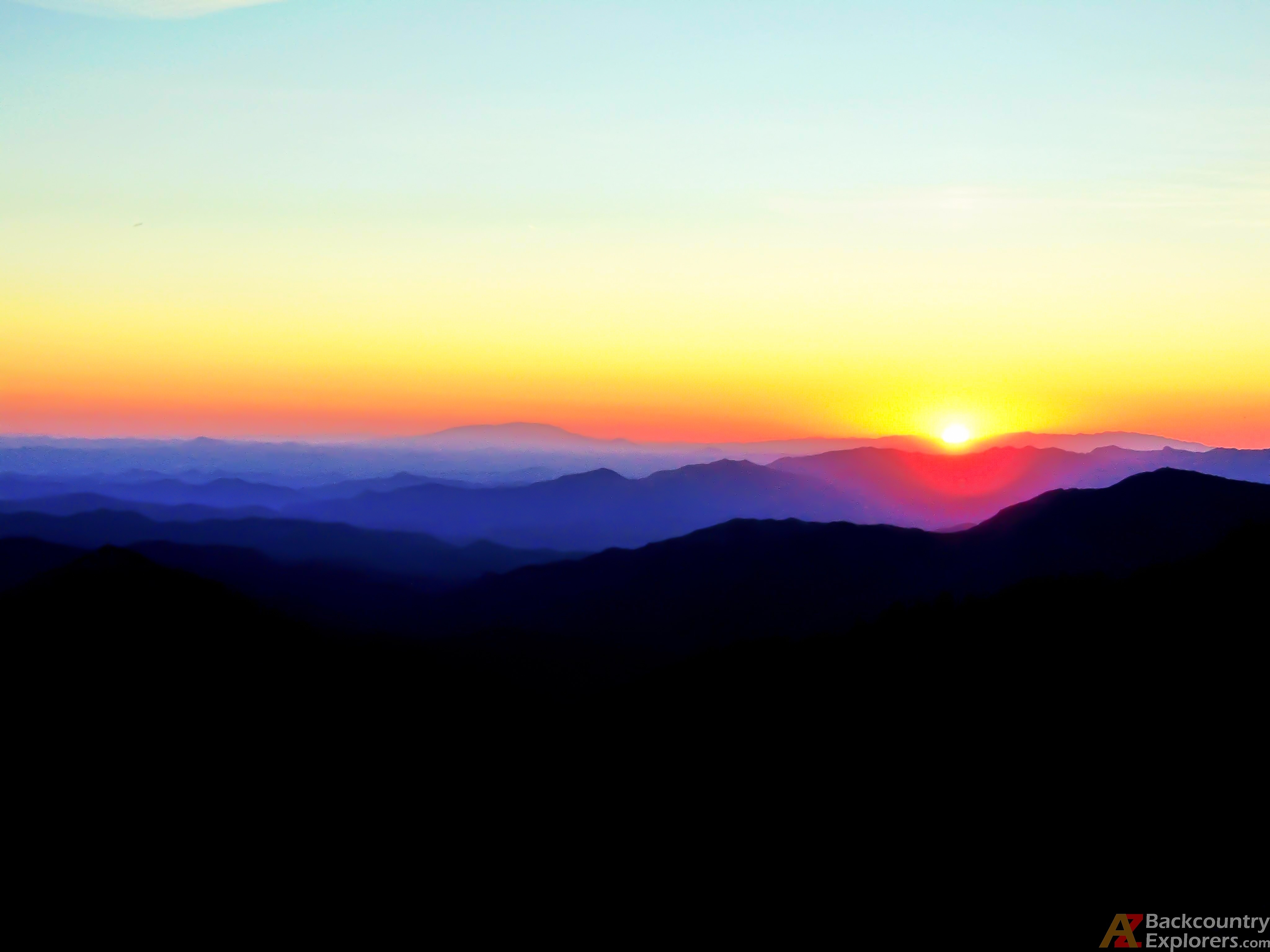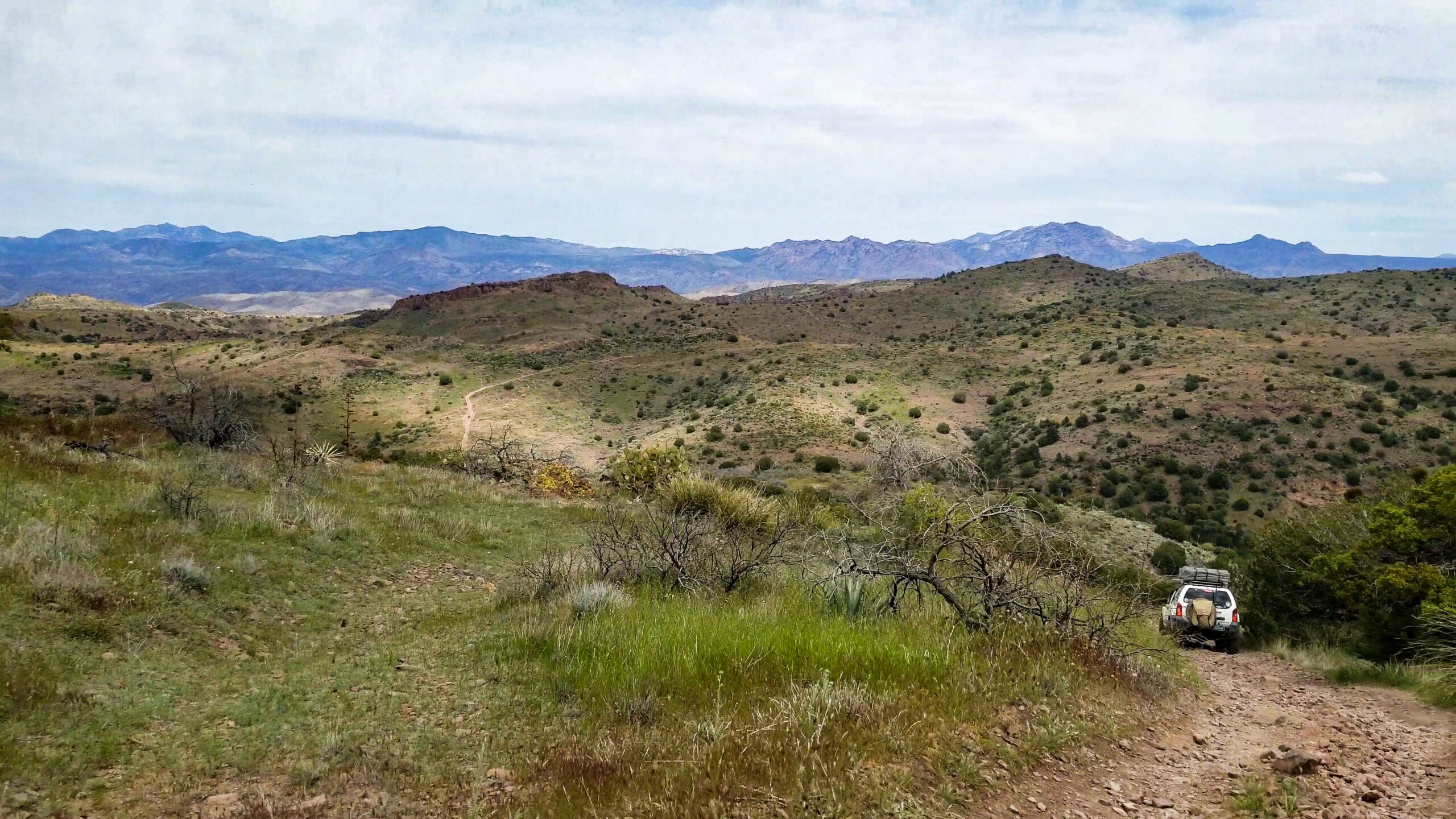Your cart is currently empty!
Posted in
The facts about using a light bar on Arizona roads.
From pitch black to damn near daylight. Lightbars can illuminate the night sky with around 90,000 lumens or more. They light up the mountainsides and canyons and make sightseeing possible at night. It’s an attraction to every bug in the range, like a tunnel to heaven. Using them on the trail and at camp is great. It makes setting up camp in the dark easy and provides plenty of light while navigating at night. But I would never consider using them on the I 17…
Using your light bars on the street is typically considered unacceptable. The light is obnoxiously bright on roadways and can blind other oncoming drivers and pedestrians. You’ve never seen a street sign glow until you shine a 90,000-lumen light on it. Although it’s considered unacceptable, I got news for you, It’s 100% legal in Arizona when done properly.
Below you’ll find 5 laws. Each law applies to the other. Together they dictate where and when it is appropriate to use your auxiliary lights on the roadway. Some cities, towns, and counties may have local ordinances prohibiting the use of auxiliary lights. If you choose to use your auxiliary lights on the roadway, please do it right. Check your local laws and always have common courtesy for other drivers. Don’t forget about the Trail Etiquette guidelines that everyone should know.
Arizona law allows the use of multiple auxiliary lights on roadways, with a few exceptions. In a nutshell, you must treat your auxiliary lights like your high beams. Turn them off 500 feet away from an oncoming vehicle. Likewise, turn them off 200 feet away when approaching from the rear unless you’re passing. There must be an indicator light visible to the driver when the auxiliary lights are illuminated. Lastly, you’re limited to 4 auxiliary lights if they exceed 300 candle watts.
The laws allow the use of auxiliary lights on Arizona roads.
ARS 28-946 Allows the use of multiple auxiliary lights on Arizona roadways. If the lights exceed 300 candle watts, then you are limited to 4 auxiliary lights.
ARS 28-938 Allows the use of no more than 2 auxiliary passing lights. The lights must be mounted no less than 16 inches and no more than 42 inches above the ground. Likewise, it allows the use of 2 fog lamps that are mounted no less than 12 inches and no more than 30 inches above the ground, so they project no more than 25 feet ahead. It also allows the use of 1 spot lamp aimed, so the high-intensity portion of the beam is not shining to the left and no more than 100 feet ahead.
ARS 28-942 Allows the use of multiple-beam lighting equipment. This is basically Arizona high beam law. While approaching a vehicle head-on, you must dim your high beams at 500 feet. While approaching a vehicle from behind, you must dim your high beams at 200 feet except while passing.
ARS 28-941 Requires newer motor vehicles to be equipped with high beam lights. Your high beam lights must reveal persons and vehicles at a distance of 350 feet or more. Low beams must reveal persons and vehicles at a distance of 100 feet. Likewise, this law requires a high beam indicator lamp to be illuminated in a position where it’s visible without glare to the vehicle’s driver.
ARS 28-947 Allows the use of any other additional lighted lamp or device other than headlamps, spot lamps, and auxiliary lamps pointed to aim no more than 75 feet in front of the vehicle.
Why are auxiliary lights allowed?
There are legitimate reasons to use auxiliary lights on Arizona roads but let’s be honest, most vehicles come factory equipped with barely legal lighting, to begin with. If you live in the city, likely, law enforcement won’t be happy when you use certain auxiliary lights within city limits.
Although it’s considered unacceptable, additional lighting can be useful on many of Arizona’s rural dirt highways. Of course, these roads don’t have much traffic, and the chances of encountering another driver are slim. Auxiliary lights provide a level of comfort when traveling these roads at high rates of speed.
Conclusion
Just because light bars and other auxiliary lights are legal on Arizona roadways doesn’t mean you should use them. I use them while traveling on rural highways, with a few exceptions. I never use them within city limits and always turn them off when approaching a 4 way stop. I turn off my light bars at first sight of oncoming traffic, exceeding the required 500 feet. All of these things give the law and other drivers the recognition they deserve.
Let’s have common courtesy for other divers, ok?
Tags:
You may also like…

Visit the AZBackroads.com Store

Please Become A Member
We need your help to keep our backroads open. Please join today!









